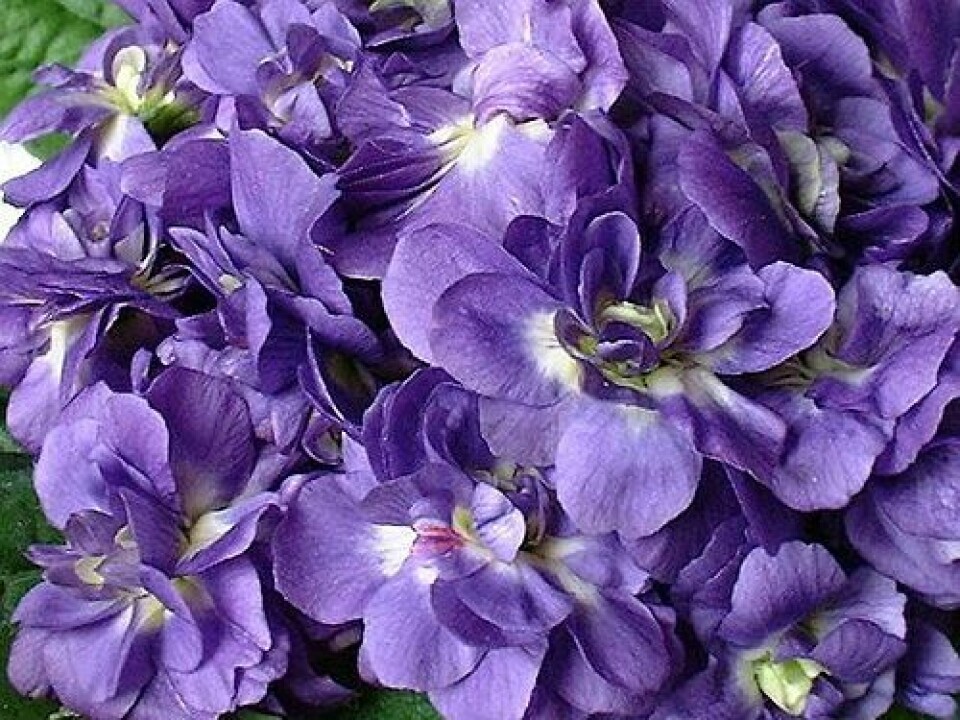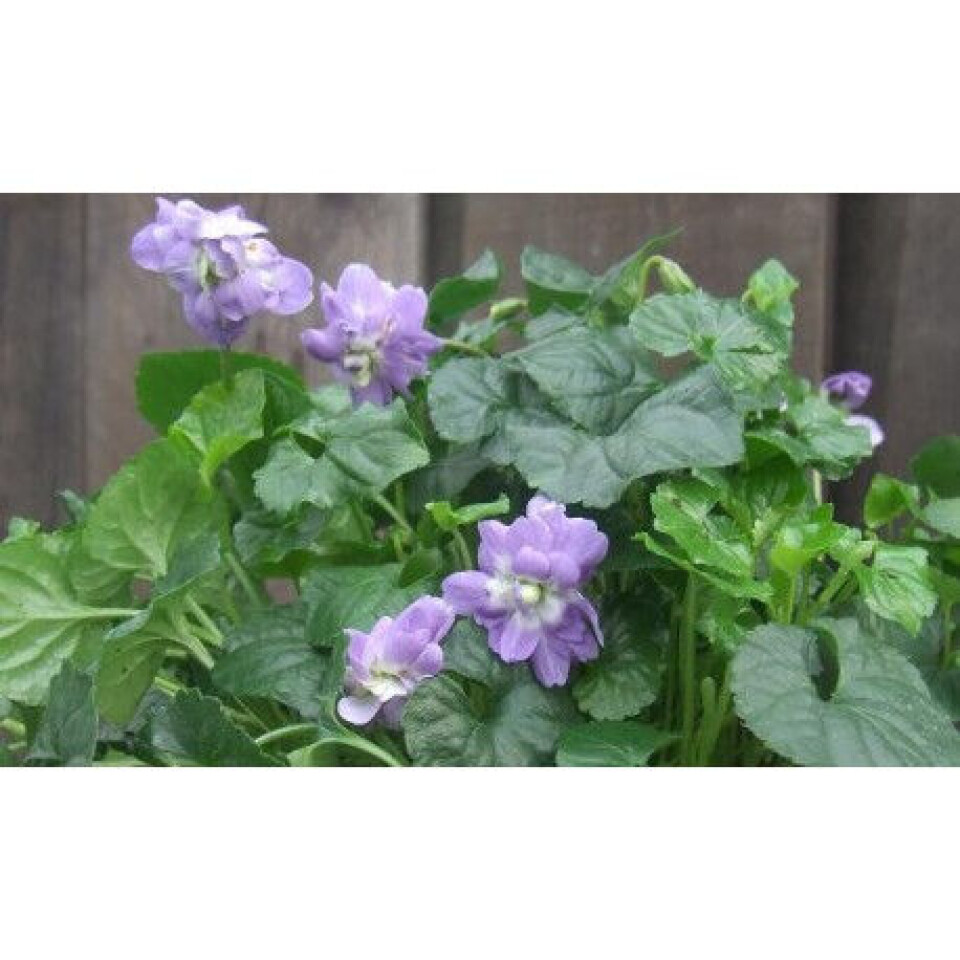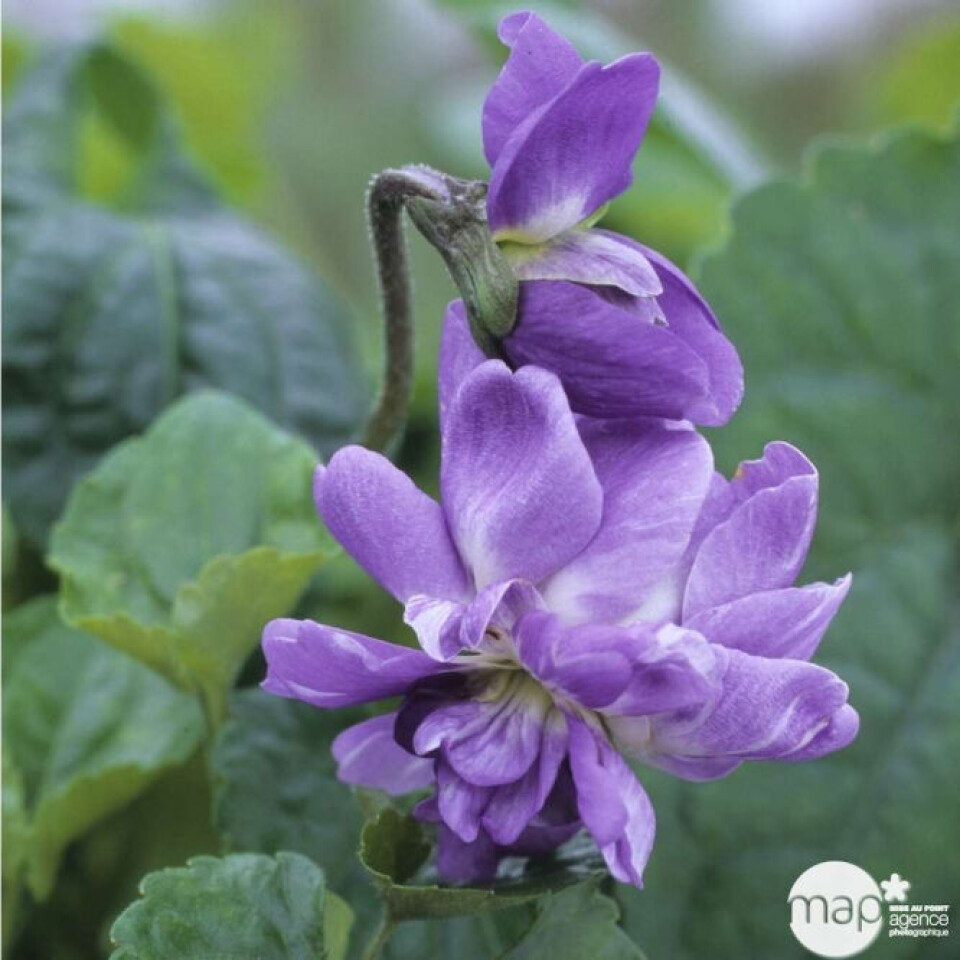-
Let your lawn grow, water for birds: how to help wildlife in your French garden
‘It is acceptable to have untidy hedgerows,’ says biodiversity spokesperson.
-
How to help hedgehogs in your garden in France
Follow these tips to create a healthy ecosystem for this protected species
-
How to pick and cook asparagus in France
Columnist Sue Adams explains how to make the most of the vegetable's short season
Gardening in France: The history of Toulouse’s Parma violets
The legacy of these flowers stretches back to Joséphine de Beauharnais, the first wife of Emperor Napoleon I

At the heart of the Parma violet there’s not simply a unique and delicate fragrance, but also a love story, which those of you hailing from the environs of Toulouse may already know. It is said that Parma violets were brought back to Toulouse from Italy in 1854 by one of Napoleon III’s soldiers, as a gift for his Toulousain lover.
This individual may or may not have existed, but it is certainly true that Napoleon III campaigned in Italy during 1859 and the cultivation of the Parma violet in France grew exponentially from mid-century. I won’t confuse you by mentioning that if you go back to the first Napoleon, you will discover Joséphine de Beauharnais cultivating the Parma violet at Malmaison before 1814; by the 1840s they were sold in the streets of Paris. Whatever! Love and Parmas go together...
It does seem that the violet which arrived in Toulouse around 1854 had particularly long-stemmed flowers and, therefore, added cut-flower value. The market garden sector in the town flourished as a result and by the end of the century about 600 family businesses were growing Parma violets in the northern sectors of Toulouse, sending their long-stemmed speciality up to Paris, and producing up to 30 tonnes of fresh flowers annually.
The harsh winter of 1956 killed a large proportion of the rootstocks, and effectively sounded the death knell for an industry already struggling with competition in a newly international cut flower market. The only thing that Parma violets tolerate less than canicule (drought) is freezing weather.

The city’s fondness for the flower lingered and mutated, thanks to the interest of professional horticulturists and businesses, into a 21st century industry and the Parma violet became the emblem of a town’s pride.
At the pinnacle, like a figurehead lighting the way to a future where ‘all things are violet’, we find Hélène Vie, violet-grower extraordinaire, and her Maison de la Violette.
This amalgamation of artisan businesses is showcased on a unique barge shop moored on the Canal du Midi (pictured)and boasts some super-modern online marketing of its products, which range from perfumery and cosmetics, to linen and an assortment of edibles (www.lamaisondelaviolette.com). The annual Fête de la Violette is now held at the Capitole each late January to early February and Maison de la Violette hosts greenhouse open days during February.
More importantly (in my humble horticultural opinion!) Toulouse now holds, and continually expands, the national collection of violets in the municipal glasshouses (Conservatoire National de la Violette, Ville de Toulouse Serre Municipales, 19 Boulevard de la Marne), comprising more than 100 cultivars, including the famous ‘Parme de Toulouse’.
The genesis of the collection was the gift of stock from a violet aficionado, Pierre Barandou, in 1990, and includes plants like ‘La France’, bred by the violet-famous grower Armand Millet in the first part of the twentieth century. More modern cultivars have been added, for example ‘Fée Jalucine’, bred by Nathalie Casbas, a violet producer from Villaudric in Haute-Garonne, and ‘Neapolitan’, with flowers almost like tiny peonies. You can enjoy the municipality’s plants at the Fête de la Violette in 2022 – Covid permitting!
Although planted in the open ground, the collection is protected by glass during the winter, giving way to shade tunnels in the summer. If you fancy planting them yourself – and certain varieties, such as ‘Parme de Toulouse’ and ‘Duchesse de Parme’, are readily available for sale online – you will need to provide light, rich soil and the same sort of protected conditions, although cover with straw in the winter could replace glass in mild areas.
Note that the scent of the Parma violet is special and powerful. This is not your common or garden violet – so, if you crystallise the flowers of common violets such as Viola odorata, or Viola tricolor (one of the violets that gave birth to our modern pansy in 1839), you will not succeed in replicating the Parma twist.
Parma violets are, botanically, believed to be Viola alba subsp. dehnhardtii, a rare subspecies of a rarish species – and they have been handed down to us with a complex history that makes identification even harder!
Parmas were first described in Italy in the 16th century, but early Italian texts report them as originating near Constantinople, and describe them as many-petalled, giving them the appearance of a tiny semi-double roses.

They are capable of producing flowers for seven months, although they are at their peak from December to March, and they rarely produce seeds.
Previously they were believed to be completely sterile, but the French breeder Armand Millet disproved this theory. In the Toulouse collection, the plants are maintained by cutting stolons from the mother plants in September and rooting them, much as you would a strawberry.
If you are brave enough to cultivate these flowers at home, you will want – without doubt – to produce the crystallised flowers that have been so commercially popular. Although pernickety and time-consuming, crystallisation only demands clean, organically grown flowers, caster sugar and egg white.
Dip the flowers in beaten egg whites and then lightly dust them with castor sugar passed through a sieve. They will take 12 hours to dry, but the results will keep for up to two months in a sealed container. You can use the same technique for other scented, edible flowers, such as roses.
Whatever you do, don’t wait for a good-looking individual to wander across your threshold with a bunch of violets... treat yourself this Valentine’s Day!
Related articles:
Mimosas blossom in south of France as season begins
Gardening in France: French history and care of Christmas trees
Envoyer quelqu'un sur les roses and more French flower expressions
Village Jardin: the unique flower-filled French village
























